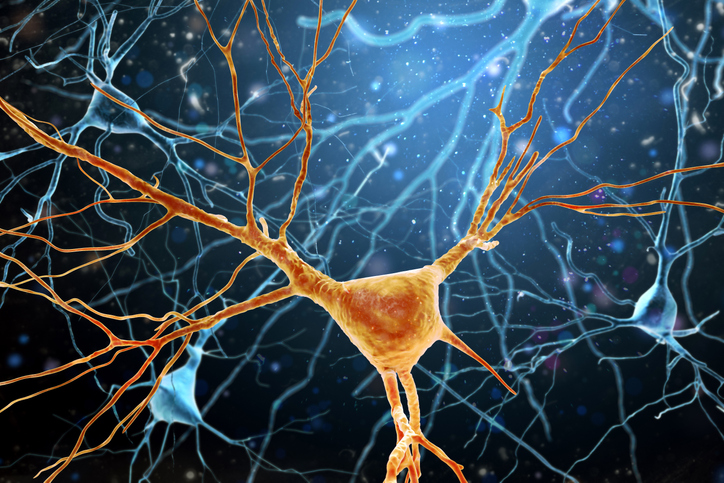月曜日の10時からラボセミナーを行っています。本日は、Journal Clubということで以下の論文を武井教授が紹介しました。
Pathological priming causes developmental gene network heterochronicity in autistic subject-derived neurons.
Simon T. Schafer, Apua C. M. Paquola, Shani Stern, David Gosselin, Manching Ku, Monique Pena, Thomas J. M.
Nature Neuroscience Volume 22, pages 243–255 (2019)
Autism spectrum disorder (ASD) is thought to emerge during early cortical development. However, the exact developmental stages and associated molecular networks that prime disease propensity are elusive. To profile early neurodevelopmental alterations in ASD with macrocephaly, we monitored subject-derived induced pluripotent stem cells (iPSCs) throughout the recapitulation of cortical development. Our analysis revealed ASD-associated changes in the maturational sequence of early neuron development, involving temporal dysregulation of specific gene networks and morphological growth acceleration. The observed changes tracked back to a pathologically primed stage in neural stem cells (NSCs), reflected by altered chromatin accessibility. Concerted over-representation of network factors in control NSCs was sufficient to trigger ASD-like features, and circumventing the NSC stage by direct conversion of ASD iPSCs into induced neurons abolished ASD-associated phenotypes. Our findings identify heterochronic dynamics of a gene network that, while established earlier in development, contributes to subsequent neurodevelopmental aberrations in ASD.
https://www.nature.com/articles/s41593-018-0295-x
